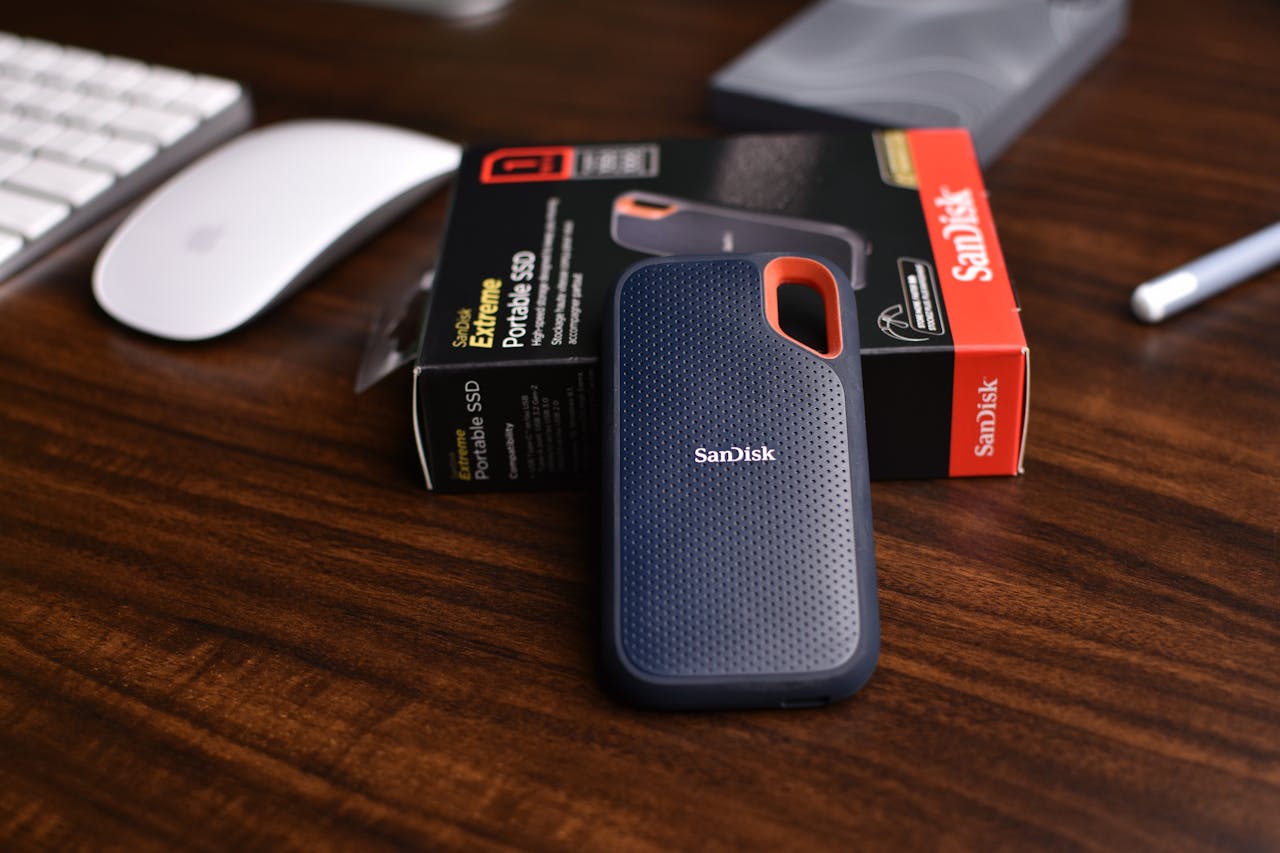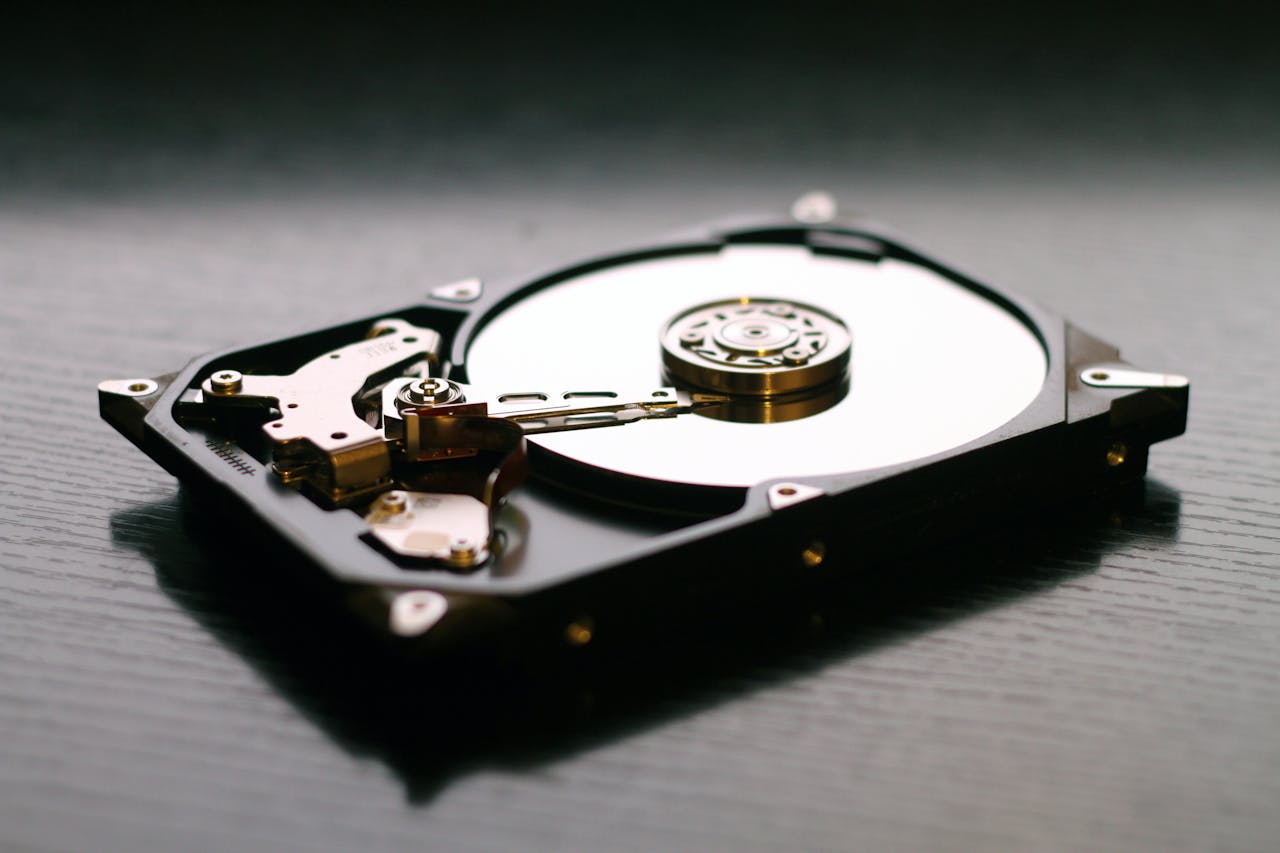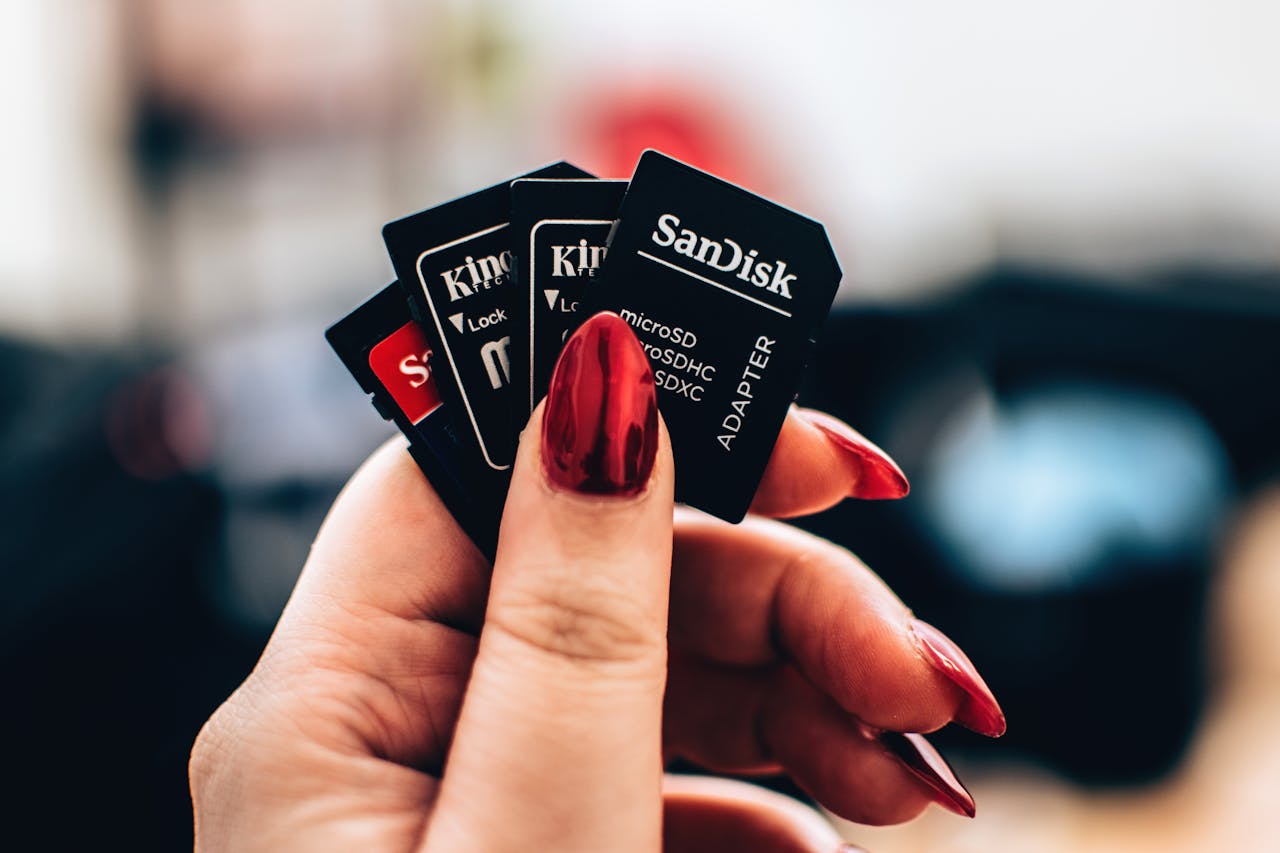It’s getting harder to remember the last time a thumb drive actually solved a problem. For years, that little stick felt like magic for quick hand-offs between computers. Now file sizes balloon, ports change, and our habits lean on faster hardware and always-there storage. What this really means is the old standby isn’t broken, it’s just outmatched.
Here’s the thing. Capacity ceilings, slow sustained writes, and aging USB A ports turned convenience into friction. You can still use a stick for a firmware flash or a rescue tool. But for serious work, better options exist. Let’s break it down and pick the right tool for each job.
Why USB Flash Drives Are Fading

Mainstream sticks often top out at 256 or 512 gigabytes, which once felt roomy. Add 4K video, raw photo sets, and game libraries, and that space vanishes. Bigger capacities exist, but price and performance rarely beat a proper portable SSD.
Performance under load is the next issue. Many sticks write fast for a second, then crawl once their tiny cache fills. That’s fine for a document, not for a 20-gig project.
Ports moved on. New laptops, tablets, and phones use USB C while older sticks assume USB A. Dual-headed models help, but controllers inside are often basic and throttle hard.
Durability matters. Lower grade flash wears out faster with heavy writes. Portable SSDs are built for that punishment and usually survive drops and heat better.
Portable SSDs: The Everyday Workhorse

If you want speed and sanity, start here. Portable SSDs pair NVMe or solid SATA internals with USB C or Thunderbolt and deliver steady transfers you can trust. Editing directly from the drive becomes normal rather than a gamble.
Pocketable doesn’t mean fragile. Rugged housings and rubberized shells shrug off daily bumps. Many models include basic water and dust resistance, which is handy in the field.
Shorter: Prices have tightened. At one or two terabytes, a good portable SSD often costs close to a large thumb drive while running circles around it.
Shorter: Setup is simple. Format once, turn on encryption, label the cable, and you’re done. It becomes part of your kit, not an afterthought.
External HDDs: Cheap, Deep Storage

Spinning disks still win on cost per terabyte. For archives, backups, and media you rarely touch, an external HDD makes sense. It’s slower than an SSD, but perfect for bulk storage.
Treat it gently. Keep it on a desk, avoid knocks while spinning, and pair it with a scheduled backup plan. Use SSD for active projects and HDD for the vault.
SD and microSD Cards: Tiny, Flexible, Workflow Friendly

If you already shoot on cameras or fly drones, you own the media. Add a quality USB C reader and those cards become quick shuttles for photos and clips. The same kit expands storage for handheld consoles and some phones.
UHS I cards hit respectable speeds, while UHS II models step up with faster transfers when paired with the right reader. They’re inexpensive per gig compared to premium thumb drives.
Shorter: Downsides are real. Cards are easy to lose and plastic shells don’t love abuse. Keep a small case and label everything.
Shorter: Use them where they shine. Capture, hand-off, and quick edits. For long sustained workloads, jump to a portable SSD.
Cloud Storage: Files That Follow You
The cloud keeps your work within reach on any device you sign into. Sync clients handle versioning, and shared folders remove the who-has-the-latest headache. For teams and multi-device life, it’s the glue.
Know the tradeoffs. Bandwidth rules everything, free tiers fill fast, and security is on you. Use two-factor, check sharing links, and encrypt sensitive archives before upload.
When A USB Stick Still Makes Sense
Keep one for firmware updates, BIOS flashes, and bootable rescue tools. In locked-down offices with blocked cloud and ports, a small, clean stick can still move a file across the gap.
For everything else, match the job to the tool. Portable SSD for active projects, HDD for archives, SD for camera workflows, and the cloud to tie it all together. That mix beats one tired stick every time.


